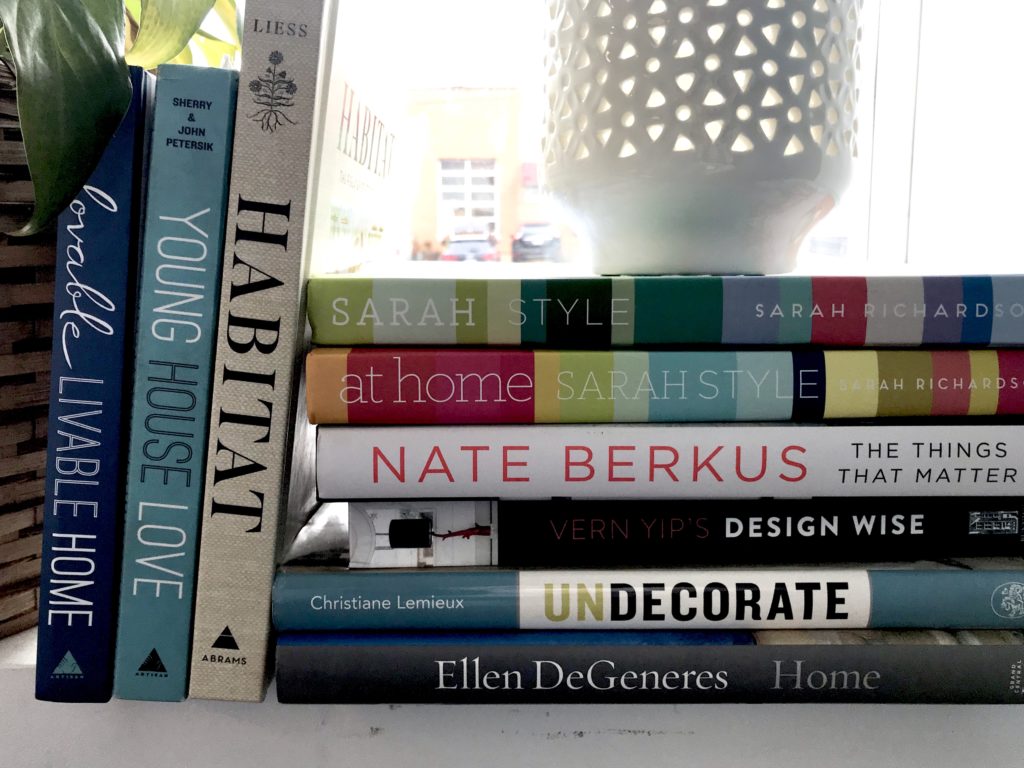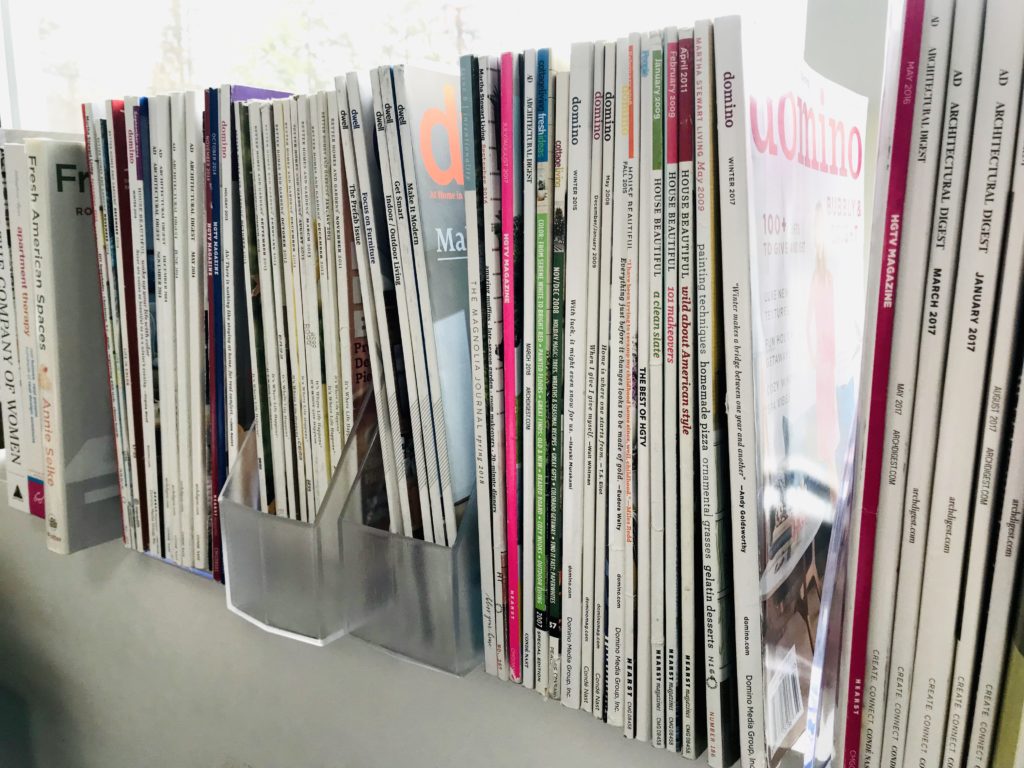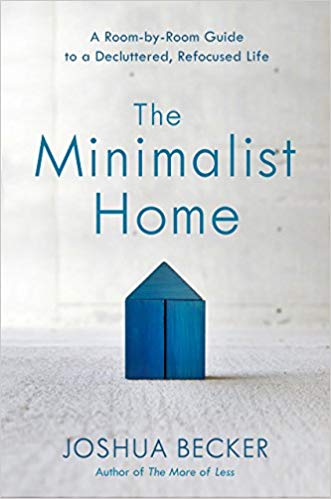


This is one of our favorite topics, the reason many people hire us, and the new “buzz word” over the last few years when it comes to creating a home where you really enjoy spending time. After all, that should be everyone’s goal. We believe your home should be your refuge, and it’s hard to have that with lots of visual clutter in your bedroom, on your kitchen counter tops, in the bathroom, etc.
,
During a recent trip, I was listening to the Young House Love podcast where they had a lively conversation with author Joshua Becker about his new book The Minimalist Home. Catchy title! Feel free to follow the link above to listen to the full interview, but I outlined a few points that really resonated with us and that we think will give you a few strategies for tackling clutter in your own space.
- Make a list of categories (for example :: clothes, books, paper, toys, accessories, kitchen, bathroom, linen closet contents). Then start with the category that seem easiest for you, that doesn’t have lots of emotional ties. In other words, don’t dive right into photos or other sentimental items. This may seem like obvious advice, but studies show that once to have success in one category, you are likely to continue on for further feelings of accomplishment!
- Be kind to yourself. Brew a cup of tea and put on some music. Invite a friend for moral support if you feel like that will help. Don’t invite a friend if you think it will distract you!
- Sort items into 3 categories :: keep, donate, trash. Generally, you cannot make enough money by selling your items to make it worth your time and effort. You’ll be surprised by how good it feels to donate your things to a worthy cause. Put donated items in your car or schedule a pickup. That’s an easy thing to do.
- For toys and other items for your kids, Becker has some good advice about giving them a certain physical space with known parameters in which to store their stuff. For example, their toys must fit into a closet, or along a wall. When they run out of room, help them to make choices and encourage the idea of donating to children who may not have as much. Everyone in the family can feel good by donating underused items.
- Treat your living and sleeping space with respect. Why have a room or closet or drawer that’s filled with items you don’t need, want, or like?
- Specify the purpose of each space. And then think about that purpose. What’s distracting from the purpose? What’s not contributing? For instance, if it’s your bedroom, perhaps there’s a desk that’s overflowing with papers that makes you anxious every time you walk in. If it’s your kitchen, you are there to prepare food. It can be hard to do that if the counters are filled with mail. So remove the mail and find another landing spot for that.
- Results help you gain more results! The feeling of accomplishment will propel you to do more.

I really get stuck when I have something of value that I want to sell — or at least give to someone who will appreciate it — because it doesn’t seem right to send it to one of the usual donation places. Do you have any recommendations of places to donate to that don’t feel like landfills?